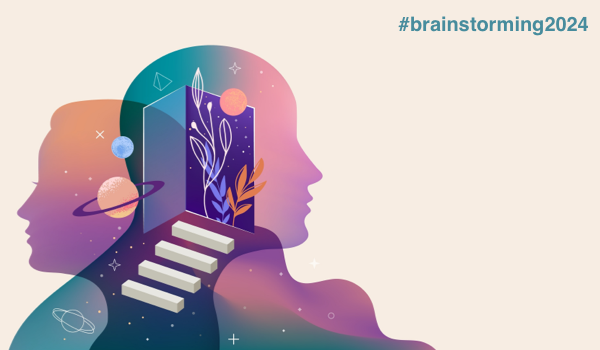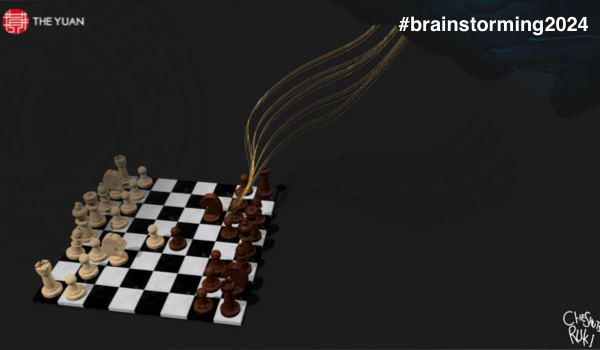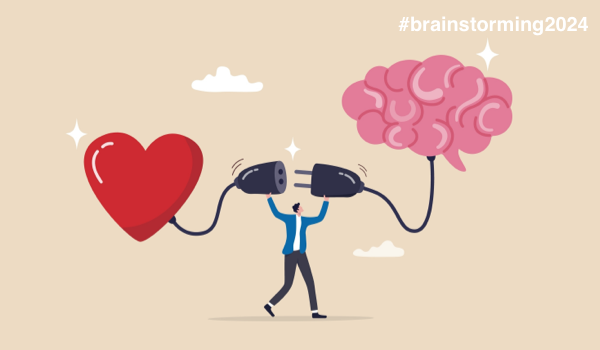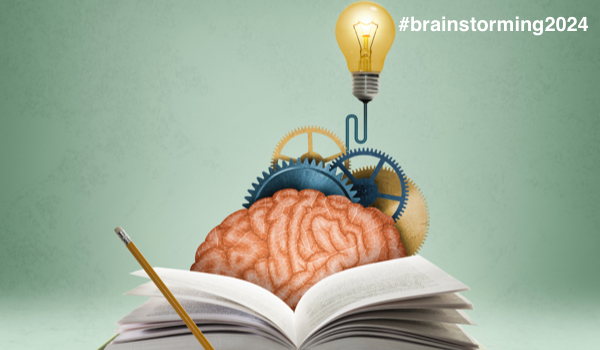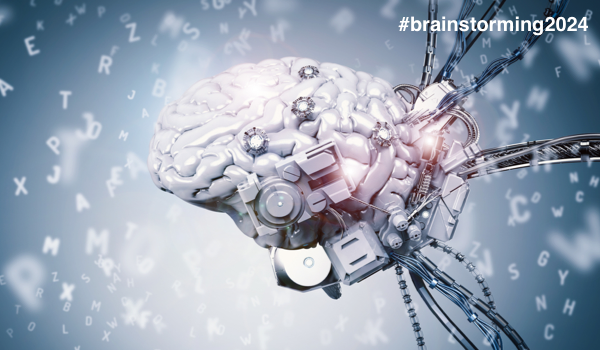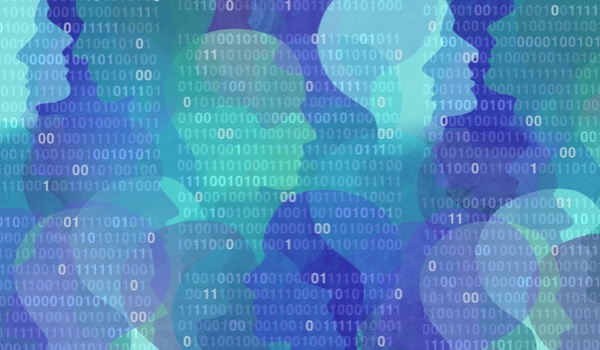


LONDON - A common misperception among observers of digital trends is that consumers in developing countries do not benefit from advances in technology. Whether it is owning the latest smartphone or employing robot cleaners, the ability to access innovation is one of the most visible differences between rich and poor countries.
This gap has become even more pronounced since the advent of artificial intelligence (AI). For example, the vast majority of home smart speaker personal assistants, like Amazon’s Alexa, are shipped to wealthy countries. Over 80 percent of global smart speaker shipments were to North America in 2017.
Technology can deepen global inequality, but also holds the potential to mitigate it. This is because AI can do much more than power appliances. It can revolutionize the way healthcare, disaster relief, finance, logistics, education, and business services are delivered in the Global South.
AI is already transforming developing countries. In Nepal, machine learning (ML) is mapping and analyzing post-earthquake reconstruction needs. AI tutors across Africa help young students catch up on coursework. Humanitarian aid agencies use Big Data analytics to optimize the delivery of supplies for refugees fleeing conflict and other hardships. In my country, India, rural farmers use AI applications to improve crop yields and boost profits.
Innovations like these bring achievement of the United Nations Sustainable Development Goals on issues like eradicating poverty, ending
The content herein is subject to copyright by Project Syndicate. All rights reserved. The content of the services is owned or licensed to The Yuan. The copying or storing of any content for anything other than personal use is expressly prohibited without prior written permission from The Yuan, or the copyright holder identified in the copyright notice contained in the content. Continue with Linkedin
Continue with Linkedin
 Continue with Google
Continue with Google


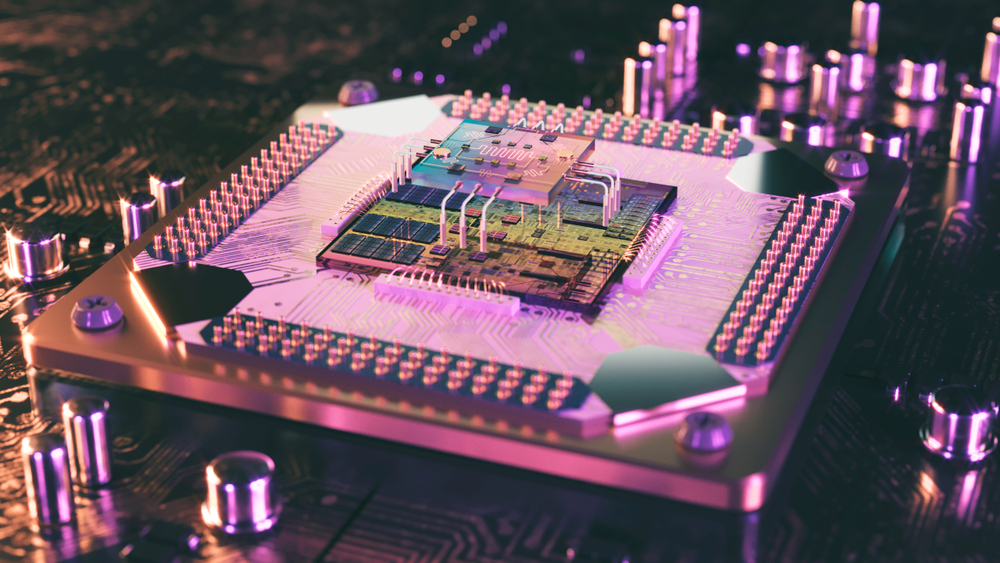







 4718 views
4718 views
